Owning a car can feel like having a small, very demanding pet that guzzles money instead of water. But it doesn’t have to be that way. Let’s dive into some wallet-friendly strategies to keep your car from draining your bank account, no matter where you roam.
1. Rethink Your Car Choice

First things first: does your vehicle match your lifestyle and location? A compact car might be perfect for tight city streets, while a fuel-efficient hybrid could slash your gas bills if you cover vast distances. Choose wisely.
2. Shop Around for Insurance

Insurance rates can vary wildly by state, age, and driving history. Don’t settle for the first quote. Use comparison tools to find the best deal, and don’t hesitate to negotiate or switch providers.
3. Refinance Your Car Loan

Refinancing your car loan could lower your interest rates and monthly payments. It’s like giving your budget a mini turbo boost.
4. Regular Maintenance
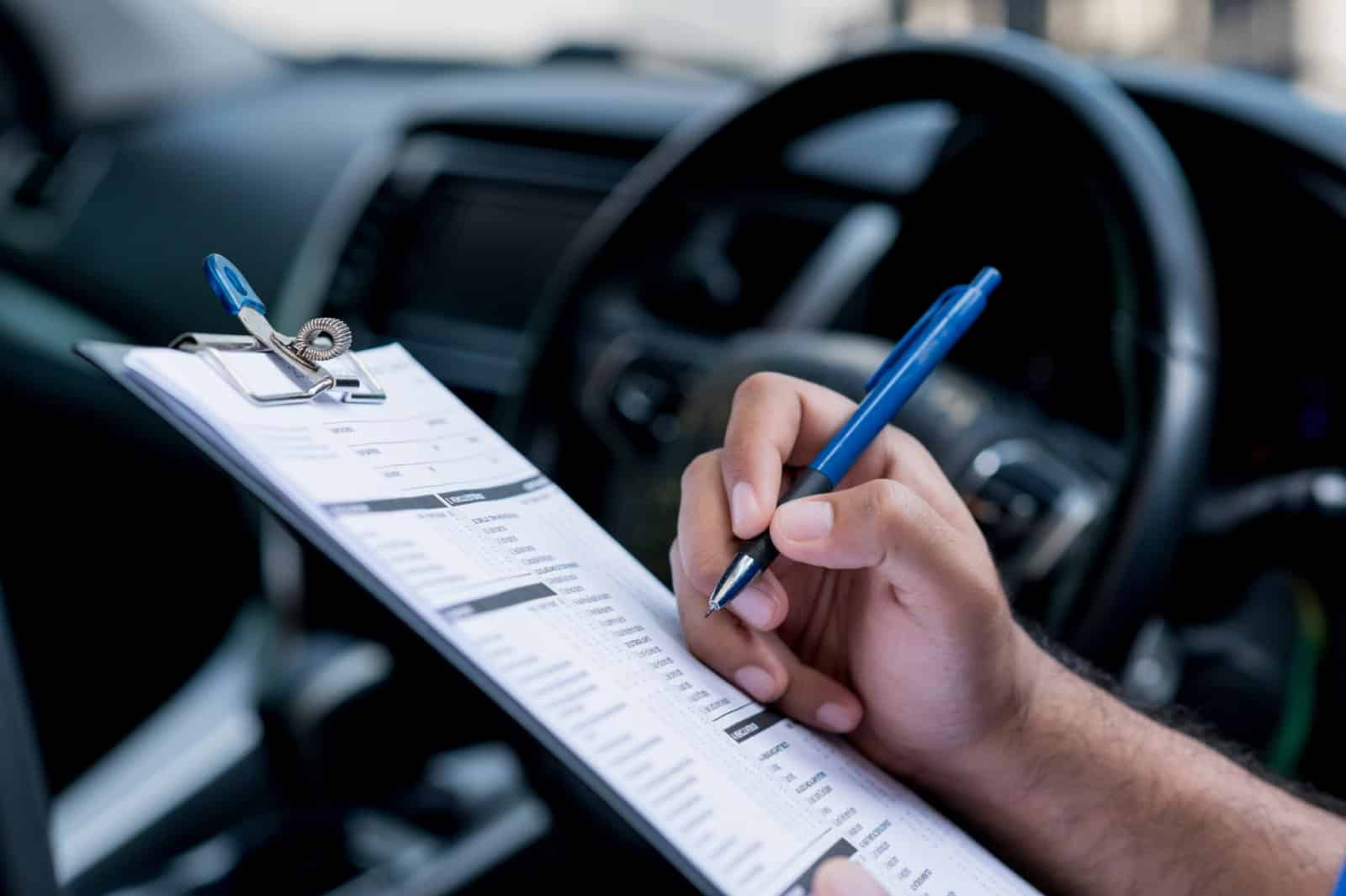
It’s the age-old wisdom: an ounce of prevention is worth a pound of cure. Regular check-ups can prevent costly repairs down the road. This includes oil changes, tyre rotations, and brake checks.
5. Learn DIY Repairs
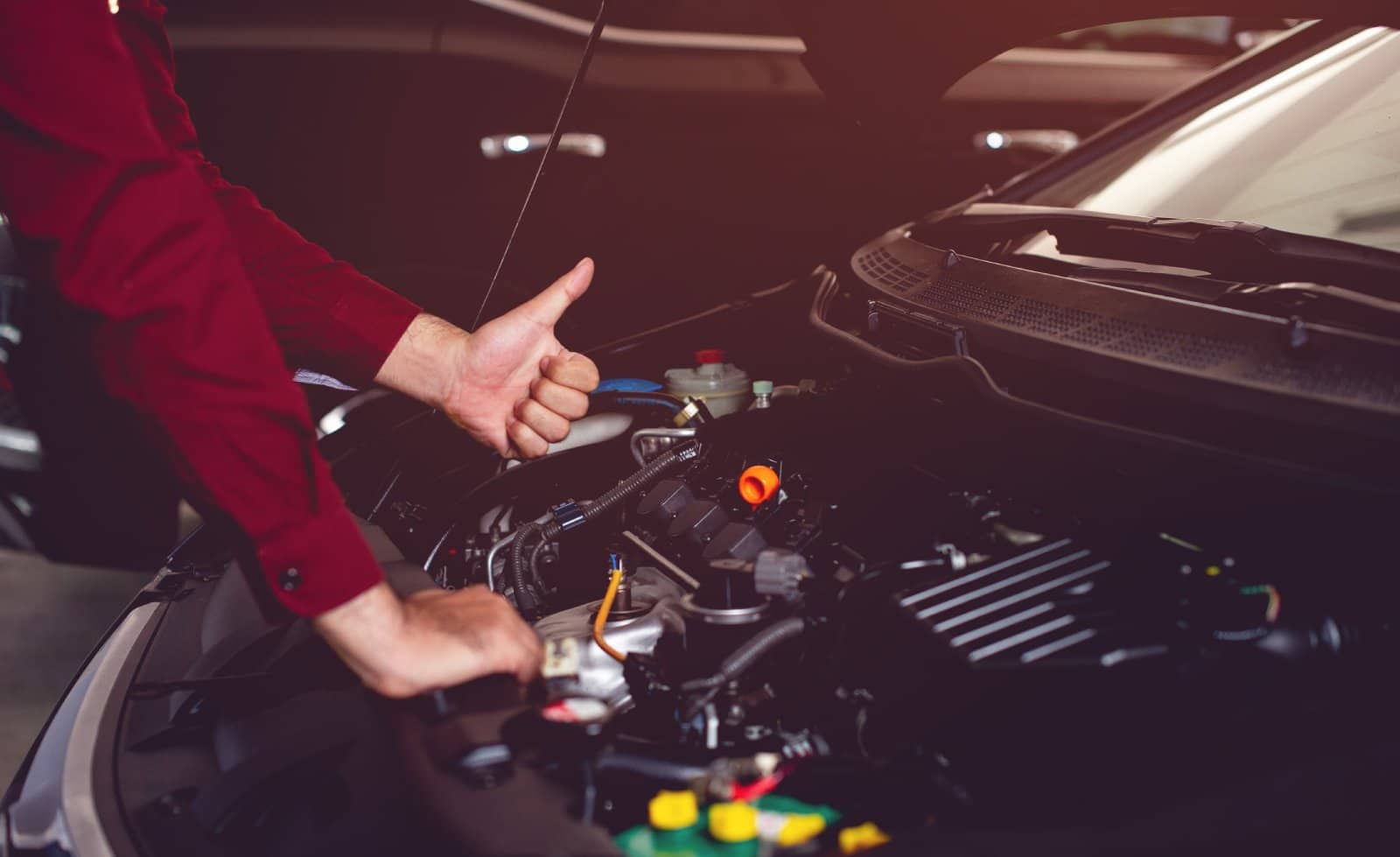
The internet is a treasure trove of DIY car repair videos. From changing your oil to replacing air filters, there’s a lot you can do yourself to save on labour costs.
6. Tyre Care
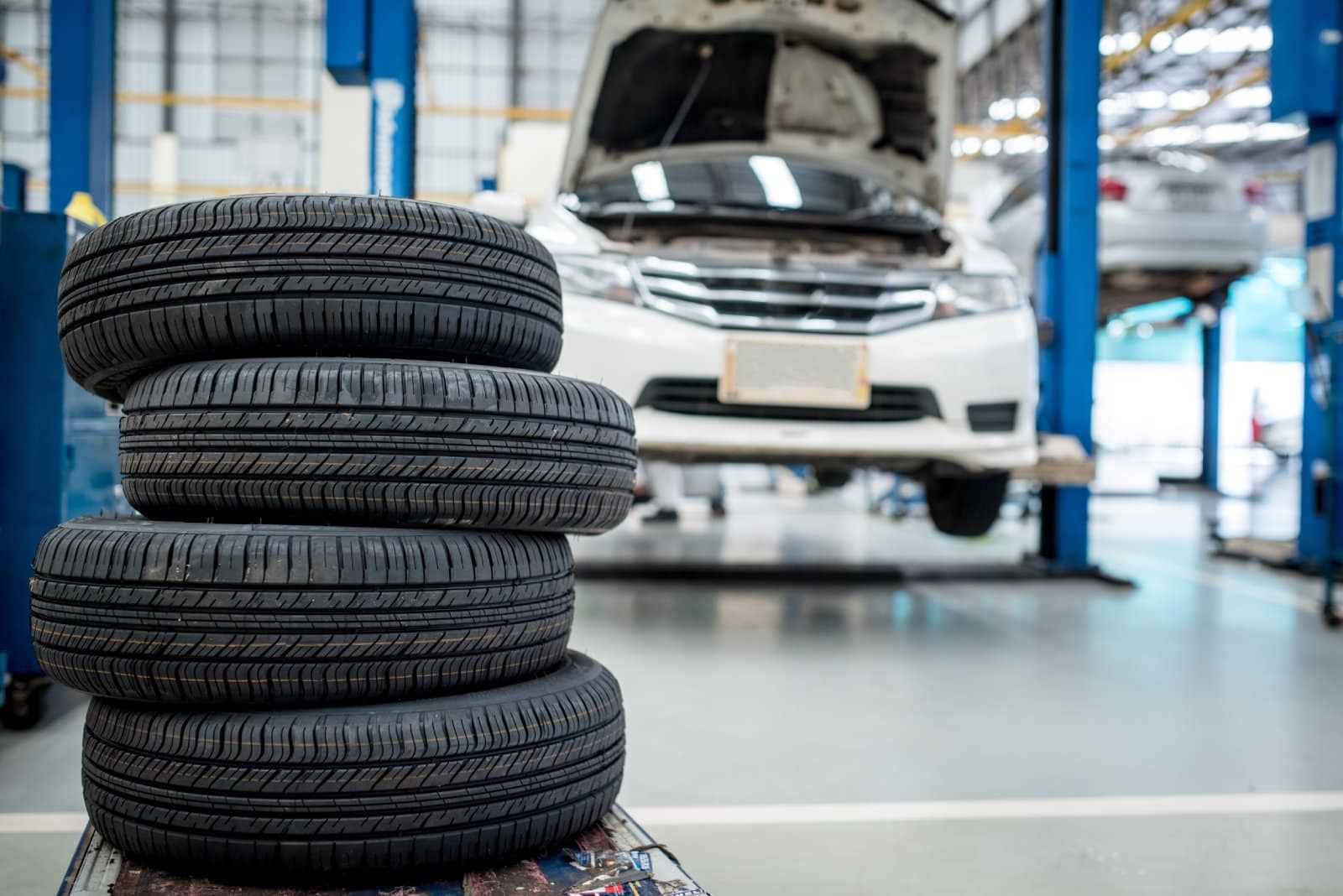
Keep those tyres inflated to the recommended pressure. It improves gas mileage and extends the life of your tyres. A simple air check can save you a bundle.
7. Use Gas Apps
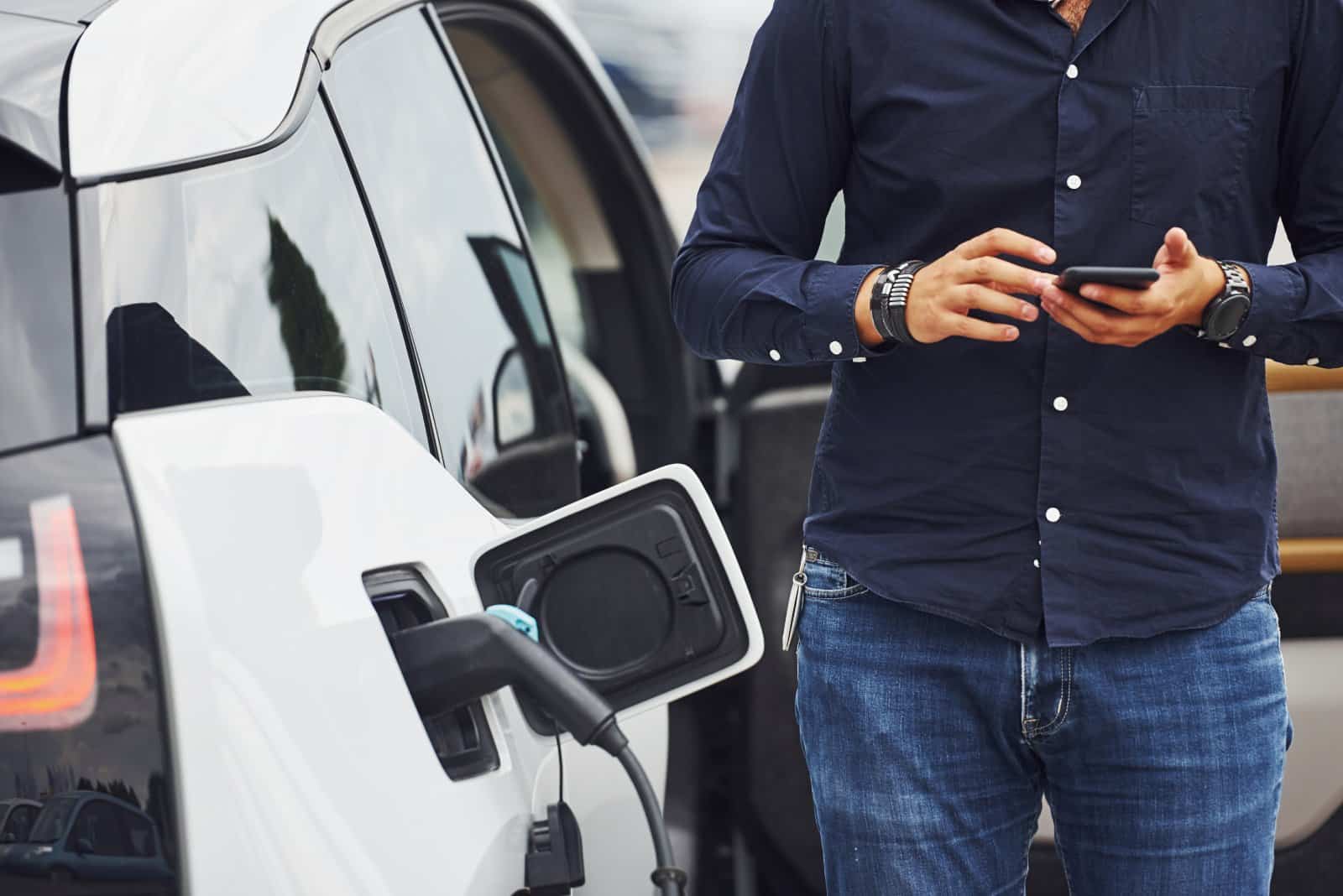
Apps like GasBuddy show you the cheapest gas prices in your area. It’s like a discount code for your gas tank.
8. Drive Efficiently

Aggressive driving (speeding, rapid acceleration, and braking) wastes gas. Smooth, consistent driving habits can improve your gas mileage and save money.
9. Lighten Your Load
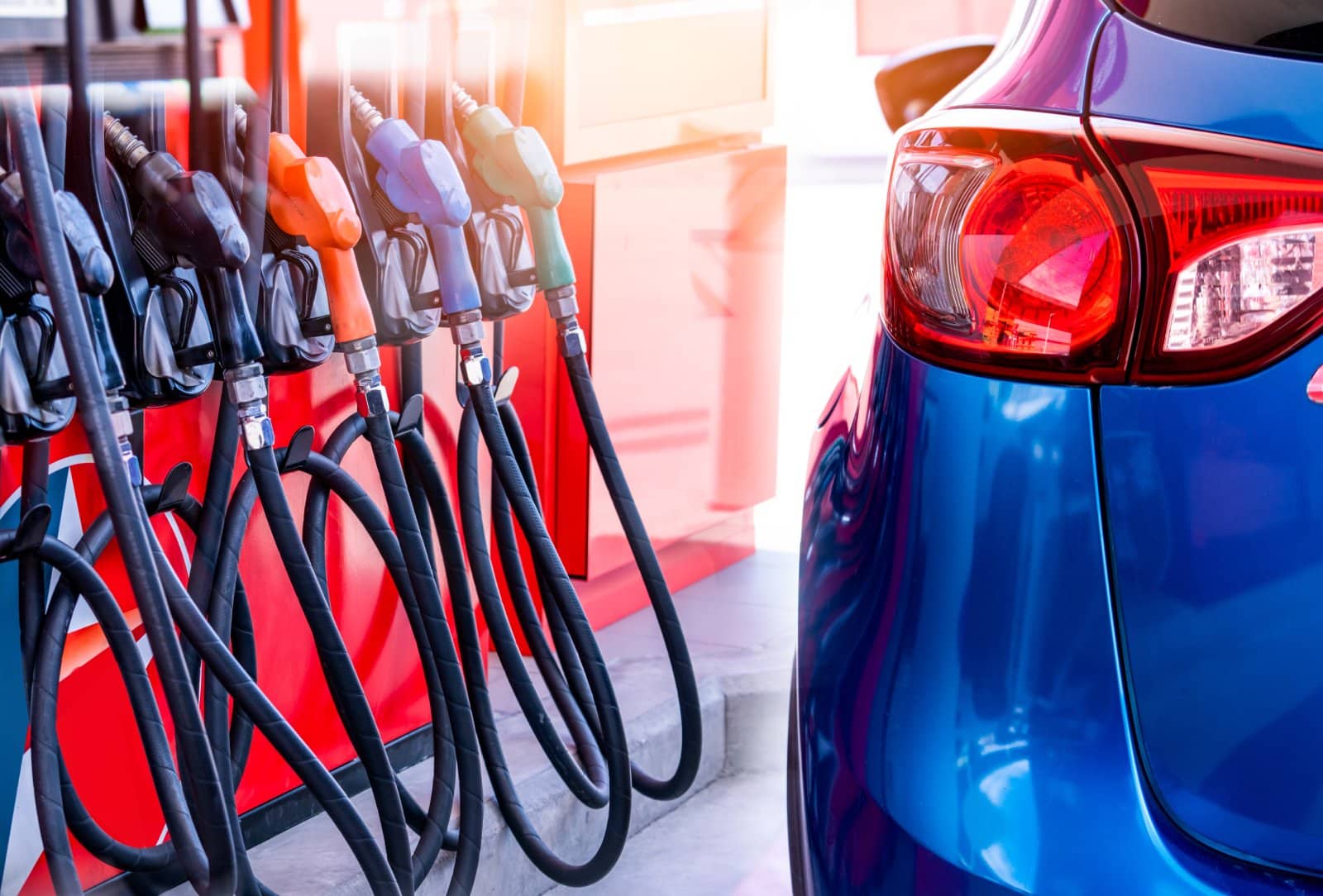
A heavier car uses more fuel. Unload unnecessary items from your trunk (except emergency supplies) to lighten your car and ease your fuel consumption.
10. Carpool or Ride-Share

Sharing rides can cut down your commuting costs significantly. Plus, it’s a greener option and can be a great way to network.
11. Consider Going Carless

In some cities, going carless is actually cheaper when you factor in public transportation, ride-sharing, and occasional rentals. Crunch the numbers to see if this could work for you.
12. Use Public Transport When Possible

Even if you can’t go completely carless, using public transport when you can will save wear and tear on your vehicle and save on parking and fuel costs.
13. Avoid Premium Gas
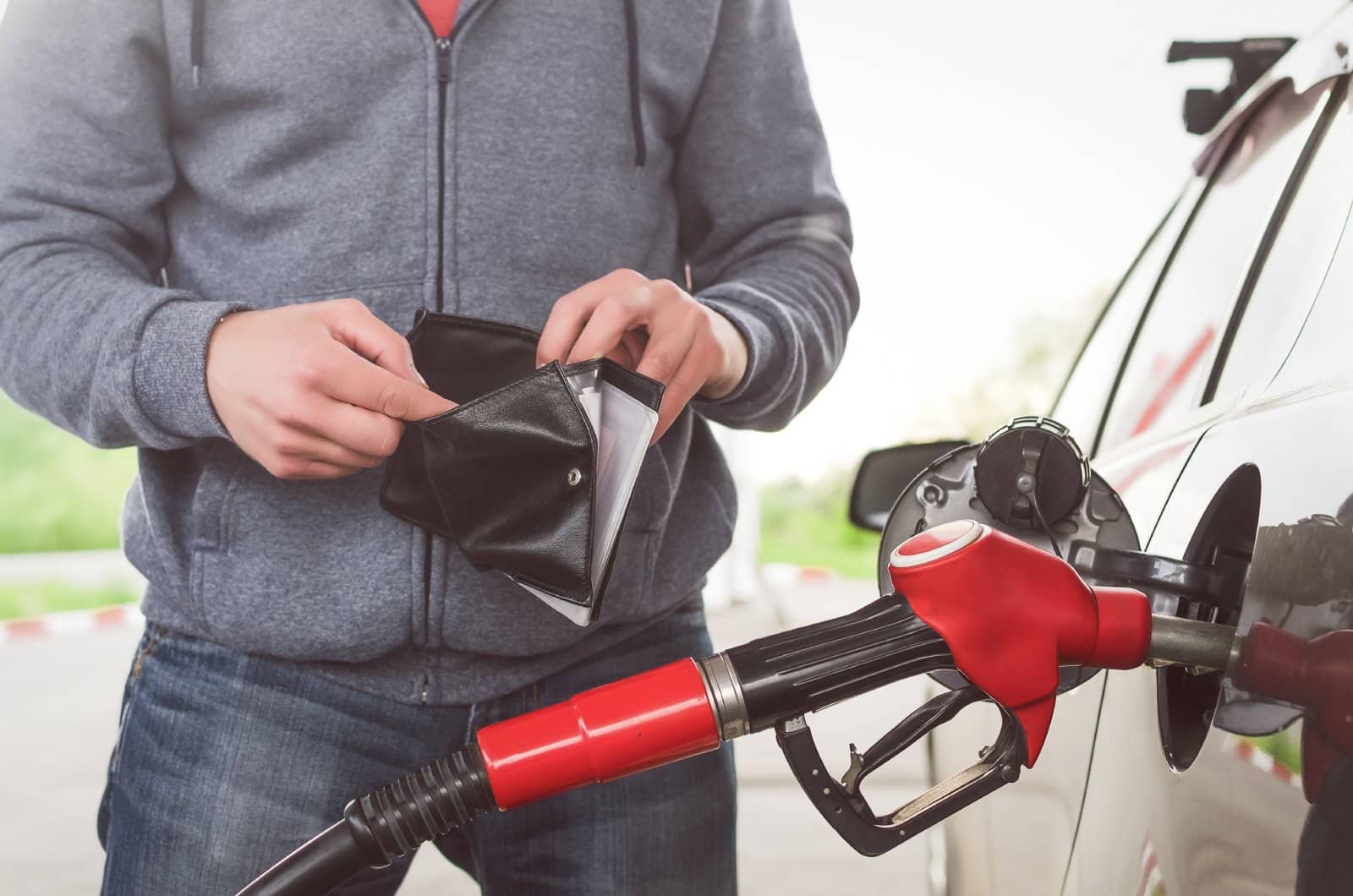
Unless your car specifically requires it, skip the premium gas. For most vehicles, regular unleaded is just fine and much cheaper.
14. Opt for Manual Over Automatic

Manual cars are often cheaper to buy, more fuel-efficient, and less expensive to repair. If you’re car shopping, it might be worth considering.
15. Plan Your Errands

Combine trips to save on gas and time. A little planning goes a long way in keeping those fuel costs down.
16. Pay Attention to Aerodynamics

Using roof racks only when necessary can reduce drag and improve fuel efficiency. The same goes for keeping windows up at high speeds.
17. Keep an Eye on Your Battery
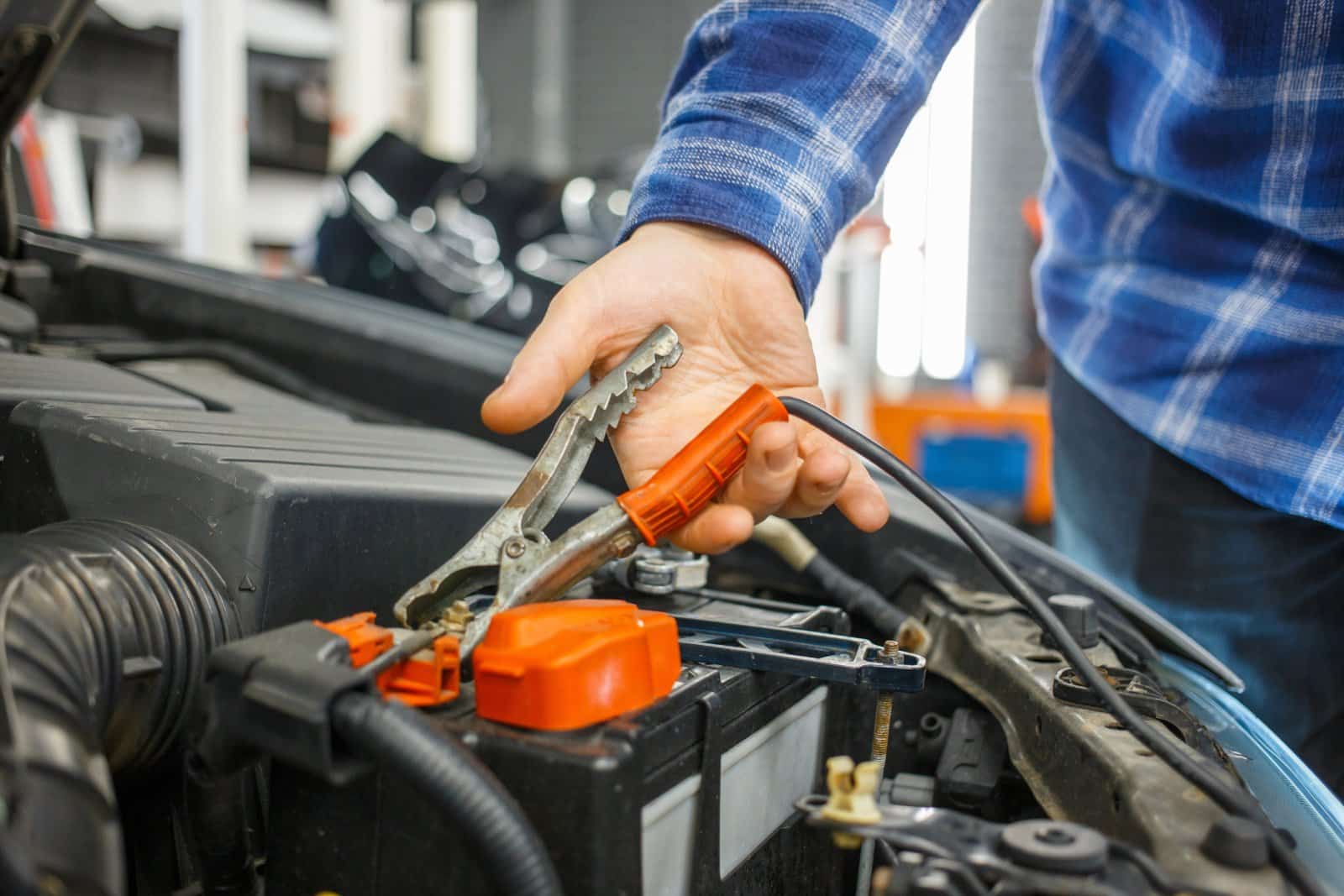
A failing battery can lead to more fuel being used. Check it regularly, especially before winter hits.
18. Use Rewards Credit Cards for Gas Purchases

If you have a credit card that offers cash back on gas purchases, use it. Just make sure to pay off the balance each month to avoid interest charges.
19. Reassess Your Needs Periodically

Lifestyles and needs change. Maybe you moved closer to work, or you’re working from home more. Regularly assess if your current vehicle and driving habits still make sense for you and your wallet.
Fuel for Thought

Owning a car doesn’t have to mean burning through your savings. With a little savvy and some proactive choices, you can keep your car from becoming a financial black hole. Remember, the best decisions are informed ones — so keep these tips in mind and drive smart, not expensive.
Featured Image Credit: Shutterstock / Monkey Business Images.
The content of this article is for informational purposes only and does not constitute or replace professional financial advice.
For transparency, this content was partly developed with AI assistance and carefully curated by an experienced editor to be informative and ensure accuracy.

